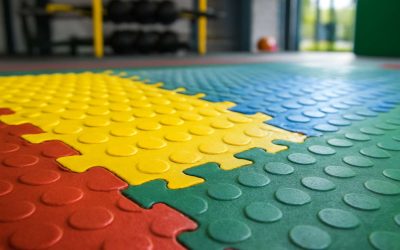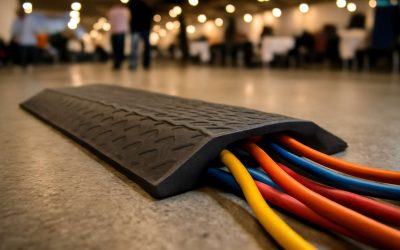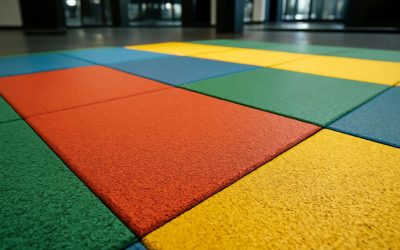
Rubber mats are pieces of flat rubber designed to be placed over a surface for the purpose of creating traction and protecting that surface from damage. They are available in many different forms and designs depending on their intended use. They are made of a wide variety of rubber materials including recycled and post-consumer material. Most commonly, they are a part of an entrance flooring system that traps dirt and moisture from shoes before entering a house or business and helps prevent these contaminants from ruining interior floors. They are also widely used in work areas to provide traction and protect workers from injuries due to slips or falls on hard surfaces.
Most rubber mats are made of a natural and durable material called latex. This material comes from the liquid latex that flows from the Para Rubber tree (Hevea Brasiliensis). The plant can then be processed with Sulphur through a process known as vulcanization to create an extremely strong, long-lasting, and elastic material. This is the raw material that most of the world’s rubber comes from, but other synthetic materials can be used to create a rubber mat.
Rubber is naturally resistant to water and most chemicals. This makes it a perfect material for making mats. It is also extremely abrasion resistant, able to withstand the constant stepping of heavy footwear without tearing. In addition, many types of rubber mats are made of a mixture of various rubbers with varying levels of resistance and strength. For example, kitchen mats are often made from synthetic nitrile rubber because it is highly resistant to grease and oil, while other types of synthetic rubber, such as SBR or styrene butadiene rubber, may be used to create mats that are more general purpose and less susceptible to the elements.
Typically, rubber mats are a smooth material but they can also be produced with a rough surface texture that features raised protrusions for added traction. These textured rubber mats rolls are ideal for industrial environments and workplaces that require a lot of foot traffic, such as warehouses and manufacturing plants. The raised protrusions on the surface help enhance the natural high coefficient of friction of rubber and create an extra layer of gripping points for footwear to help prevent slippage.
The abrasion resistance of the raised protrusions on the surface of a textured mat also helps reduce the amount of dirt and debris that collects in the mat. This can help to keep the mat cleaner and easier to clean, which is an important consideration in a workspace. Some types of rubber mats have pre-printed safety messages that are helpful to remind workers about hazards in their environment.
Medical mats are another common type of rubber matting. They are often designed to prevent contamination in medical facilities and other sterilized environments by trapping the moisture and bacteria that could otherwise cause infection or illness. They are often also abrasion resistant, shock and noise absorbing, and anti-fatigue to keep people comfortable and safe.



0 Comments